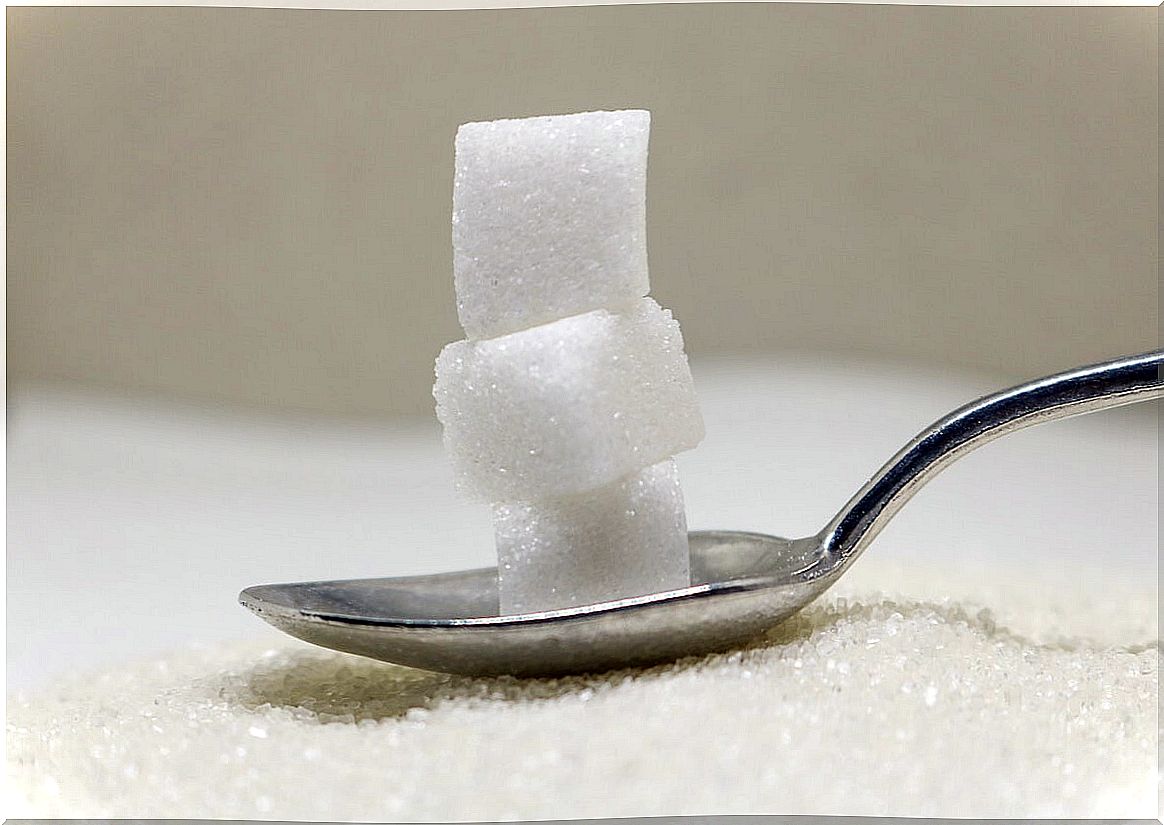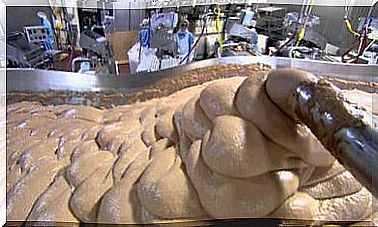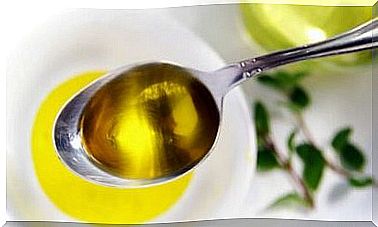What Is Maltodextrin And What Is It For?
Maltodextrin is a carbohydrate commonly found in sports supplements and processed products. It is found in the group of sugars with a high glycemic index and, at times, it can have a thickening function.
It is a common ingredient in industrial foods. For this reason, it is necessary to know what its implication is in the human body and if its consumption is safe for health. Here are all the details so you know what it’s about the next time you read this word on a food label.
What is maltodextrin used for?
The functions of maltodextrin can be various, depending on the product in which it is found. In the ultra-processed, it works as a thickener. The addition of the ingredient is able to improve the organoleptic characteristics of many foods.
This sugar is also frequently found in sports drinks, the main objective of which is to delay the onset of fatigue. The intake of maltodextrin during physical exercise is able to stimulate glycogen resynthesis, according to research published in the Journal of Strength and Conditioning Research .
Maintaining adequate levels of these nutrient stores reduces exhaustion and improves performance. Glycogen is a kind of glucose reserve that the liver can have when it needs to increase energy production.

Obtaining maltodextrin
In general, maltodextrin is presented as a white and soluble powder that can be made from various foods. Among them are rice, corn and wheat.
To obtain this ingredient, it is necessary to subject the aforementioned foods to an industrial process that alters their nutritional properties. Starches are cooked at high temperatures, to later add enzymes that accelerate their decomposition. Finally, a hydrolysis process is carried out, from which the maltodextrin is obtained.
The final product has an energy intake of 4 kilocalories per gram, just like any other carbohydrate. In any case, what differentiates some sugars from others is their glycemic index (GI), this being known as the ability of the nutrient to increase blood glucose levels.
In this sense, maltodextrin has a higher GI than table sugar, which is why it generates high pancreatic stress after consumption. Continued use will lead to organ depletion and insulin-related problems.
Is it safe for health?
Although maltodextrin is considered by the Food and Drug Administration (FDA) as safe, the truth is that its effect in sedentary people is controversial. There is sufficient scientific evidence to affirm that an excessive intake of carbohydrates increases the risk of developing metabolic pathologies.
In addition, some research published in Nutrients has managed to link the intake of maltodextrin and other food additives with an alteration of the intestinal microbiota. This process increases the systemic inflammation of the body and, with it, the incidence of complex and chronic pathologies.
Anyway, in the case of athletes, the question changes. A regular intake of carbohydrates is recommended to ensure the replacement of nutrients lost during exercise. This practice reduces the incidence of muscle injuries.
One of the goals of nutrition in sport is the restoration of glycogen stores. For this, the administration of carbohydrates is necessary, according to a study also published in the journal Nutrients .
When should you not consume maltodextrin?
People with diabetes or metabolic problems should avoid ingesting these types of sugars with a high glycemic index. Otherwise, your health will suffer. Patients with these pathologies respond better to a diet lacking in carbohydrates than to the consumption of this type of carbohydrate in a controlled way, according to experts.
Likewise, it is not recommended that people with intestinal dysbiosis consume additives such as maltodextrin on a regular basis. Being capable of altering the microbiota, in the same way that it can promote bacterial overgrowth in the proximal area of the small intestine, it leads to pathological states.
Alternatives to the product

The food industry often uses alternative products to maltodextrin, in order to guarantee adequate organoleptic characteristics in the resulting foods. The most common are sugar, honey and molasses.
This does not mean that the alternatives are healthier than maltodextrin itself, since its regular consumption is also discouraged. The most prudent and practical thing is to regulate and reduce carbohydrate intake, with the aim of improving health. At least this premise is correct for sedentary individuals.
In athletes the issue is different, since sugars can be the main substrate when generating energy. However, some control is also necessary to ensure that the effects do not become harmful.
Maltodextrin, a common additive
As we have seen, maltodextrin fulfills a number of functions within the food industry. But in general, it is not beneficial for health, quite the opposite.
It may not be necessary to completely restrict its consumption, but it is necessary to be aware of the products that contain this ingredient so as not to ingest them on a regular basis. To detect the presence of maltodextrin, there is nothing like reading nutritional labels.
However, if you are an athlete, you may be able to benefit from this carbohydrate, especially if it is added in sports drinks. Consult with a nutrition professional to evacuate all your doubts.









